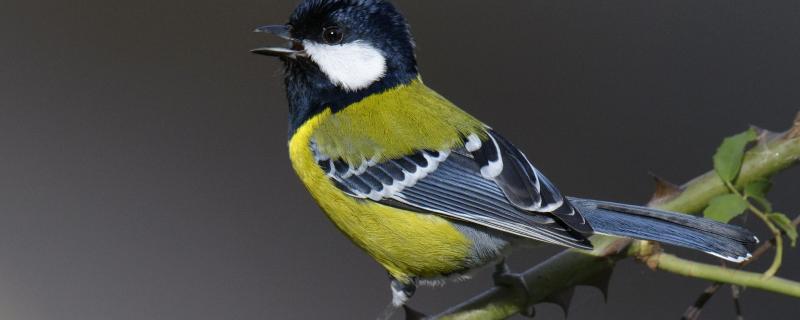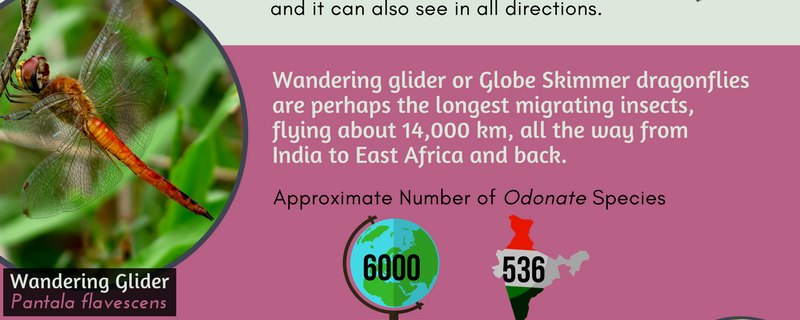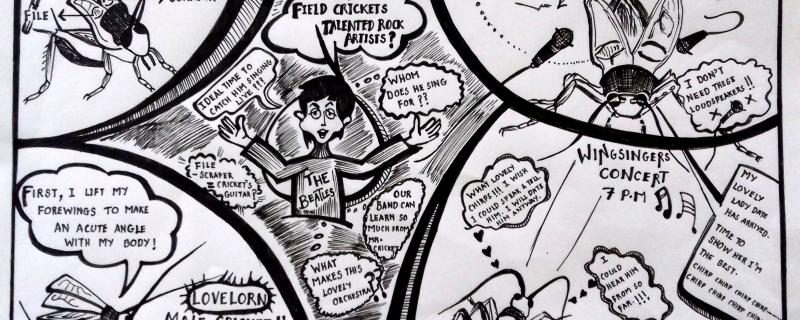The Himalayas are home to a host of biodiversity which has yet to be studied in detail. Taking the first steps to better understand a species of song birds scientists from the Indian Institute of Science, Bangalore and Cornell University explore if the sex of Green-backed tits can be identified by looking at the size of the beak and the thickness of the breast stripe.
The Indian Space Research Organisation (ISRO) has achieved another leap in its quest for self-reliance in space, successfully launching the heaviest communication satellite ever lifted from Indian soil using its formidable heavy-lift rocket, the Launch Vehicle Mark-3 (LVM3). Affectionately nicknamed ‘Bahubali’ for its sheer power, the LVM3-M5 mission placed the critical 4,410 kg CMS-03 spacecraft into a precise Geosynchronous Transfer Orbit (GTO) on Sunday, November 2, 2025, from the Satish Dhawan Space Centre.
Sriharikota/







